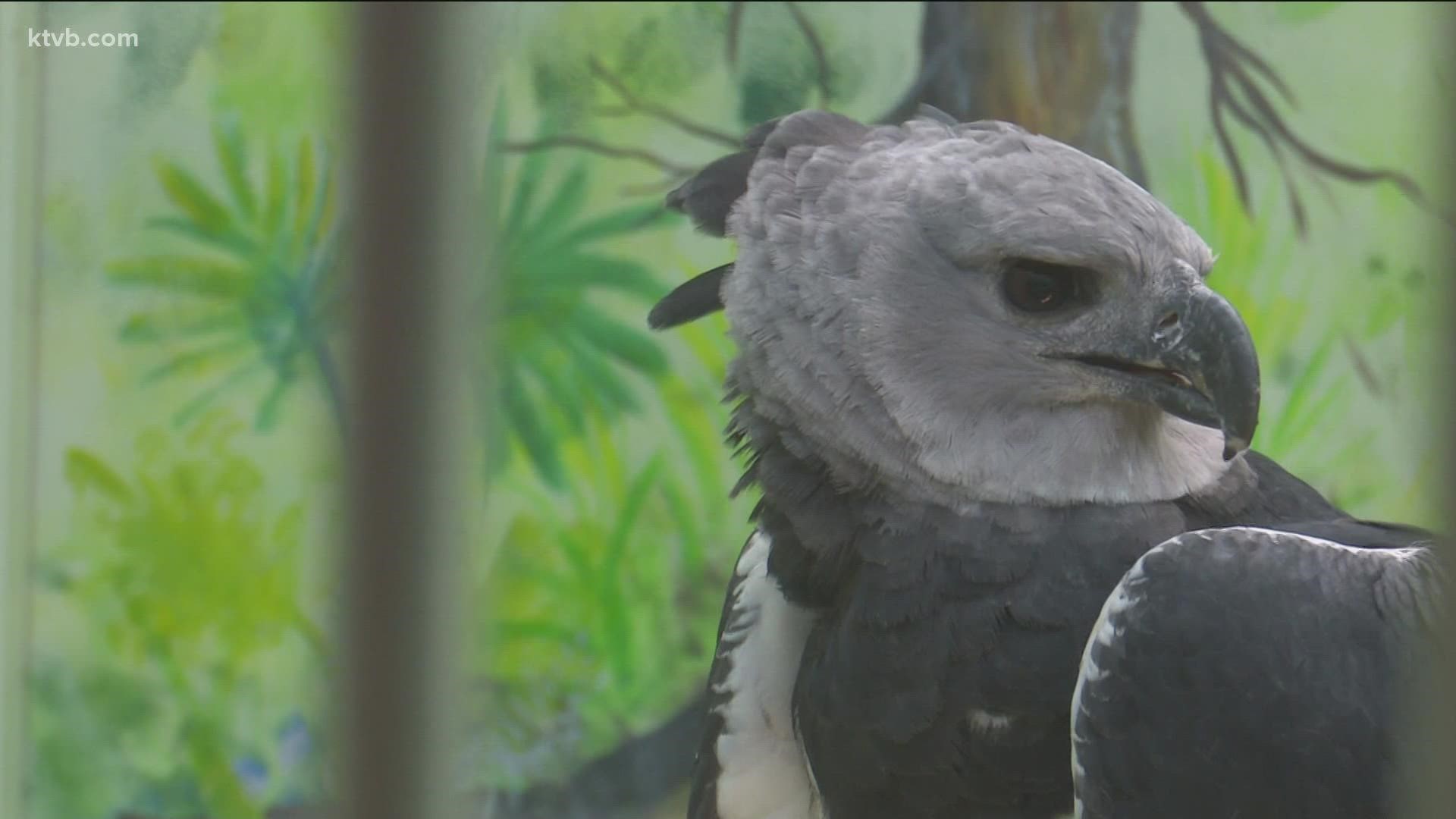BOISE, Idaho — The World Center for Birds of Prey (WCBP) has removed wild bird feeders from their property in an effort to keep their rare and endangered species safe from the avian influenza outbreak making its way through Idaho.
"We are really relying on the Idaho Department of Fish and Game to be our guide as we move through this process," WCBP Vice President of Education and Outreach, Erin Katzner said. "Nothing is coming up on the hill that we don't want up here."
Idaho Fish and Game (IDFG) has not declared any formal guidance to remove bird feeders; however, it can be a good idea out of an abundance of caution to remove bird feeders in an effort to mitigate virus spread.
It is unclear which species of birds will be carriers of this outbreak and which species will experience deadly symptoms, according to IDFG.
WCBP wasted no time taking the extra precaution; the stakes are high on their south Boise hill. WCBP is home to 20 different species, according to Katzner.
One of the species is the California condor. In the 1980's, only 22 California condors existed in the world, according to Katzner. Roughly 550 California condors exist today, because of WCBP's efforts. The center is home to the largest breeding population of condors in the world.
"It's really cool that it's right here in Idaho," Katzner said. "We're actually out here saving species and I hope the people of Boise are proud of that."
To continue protecting the Condor and other birds of prey, WCBP is not taking in any new birds. The center is not allowing field research - such as feathers - into the facility. Lastly, the center is no longer allowing behind-the-scene tours.
"If somebody walked around a duck pond and there was a duck at that pond that had influenza, we wouldn't want them to walk through our back hallway where our raptors live," Katzner said. "We really wanna make sure that our raptors are protected and are safe."
These added measures will be in place long as the avian flu is detected in the pacific migration pattern, according to Katzner. It's a precaution the World Center for Birds of Prey finds necessary to continue their mission of protecting birds of prey.
"Obviously don't want any of our birds to get sick," Katzner said. "Anything we can do to help prevent the spread of [avian flu], we are working hard to do."
Watch more Local News:
See the latest news from around the Treasure Valley and the Gem State in our YouTube playlist:

